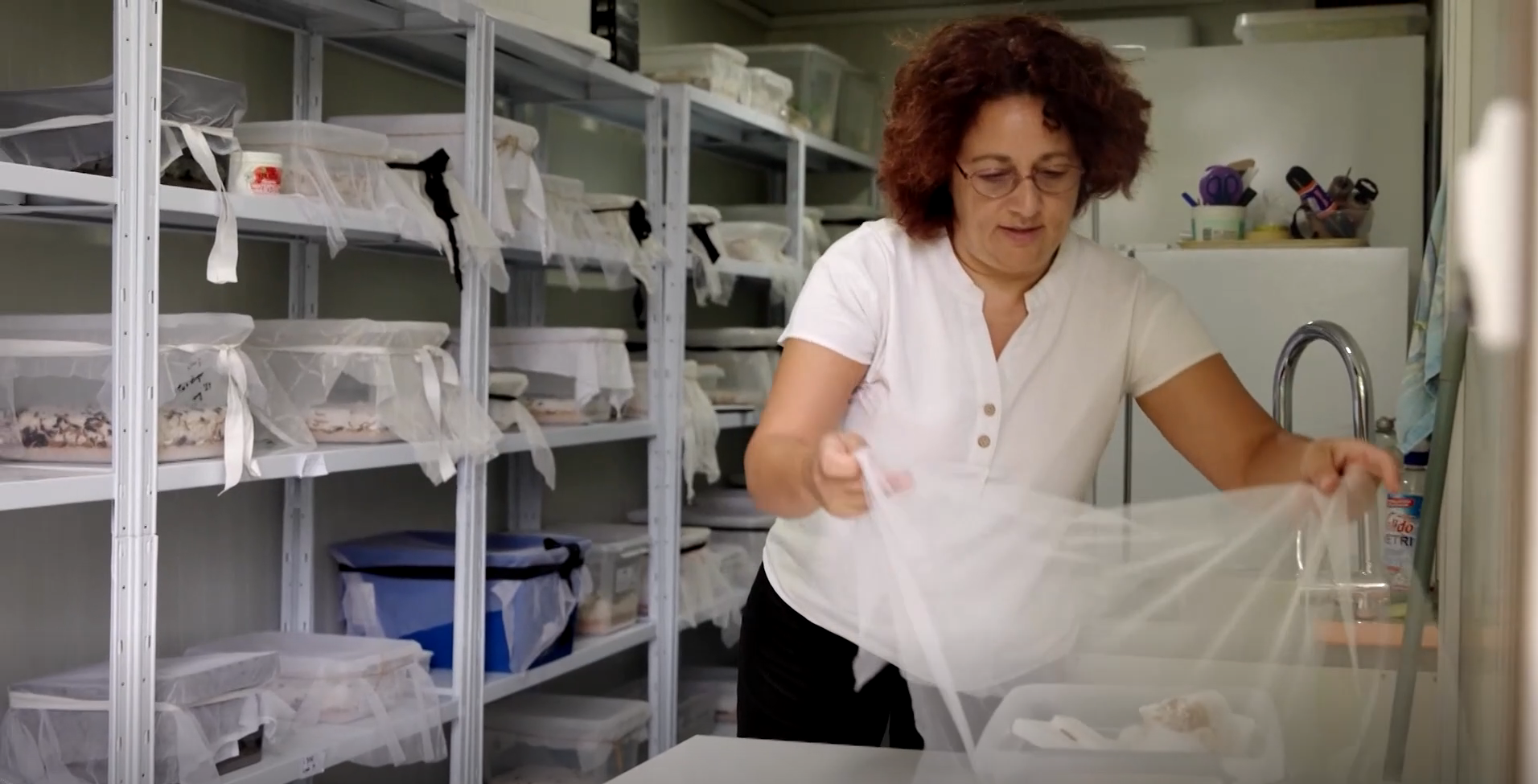With plastic waste being everywhere now (hellooooo, microplastics in the ocean and in our bodies!), scientists throughout the world have been studying ways to make plastic waste less of a problem by coming up with plastic alternatives, ways to dispose of plastic safely, or by making plastic compostable or biodegradable. Serbian scientists from Belgrade’s Institute of Biology have recently started working with mealworms on a way to reduce plastic waste. Their discovery? The gut environment of mealworms contains bacteria that enables them to break down plastic into carbon dioxide and water. And the process doesn’t even leave any microplastics in the mealworms’ guts. Also, mealworms’ plastic breakdown process releases only 1 to 2 grams of carbon dioxide for every kilogram of plastic.
Mealworms’ plastic digesting ability has been known for a while, and this Serbian study is just the latest to confirm it. Anja Malawi Brandon, associate director of U.S. Plastics Policy at Ocean Conservancy, derived these findings back in 2020 when she was a PhD candidate at Stanford University. She also found that it takes 3,000 to 4,000 mealworms a week to eat a single Styrofoam coffee cup.
This sounds like a dream come true, but it’s not without a catch. What’s left to do is figure out how current waste management systems can integrate this method and its byproducts. And of course, there’s also the matter of gathering and housing the large number of mealworms that will be conscripted for the task. Maybe a smaller-scale project will do in the meantime.


Leave a Reply